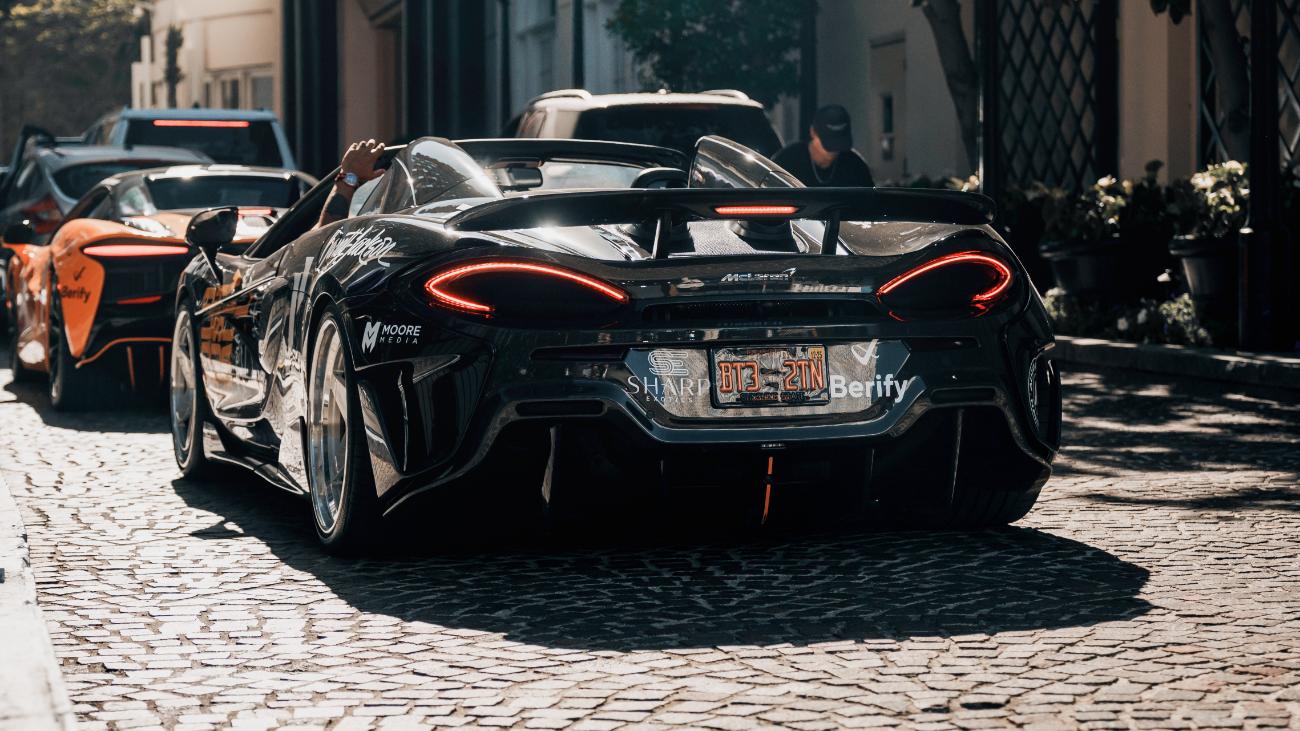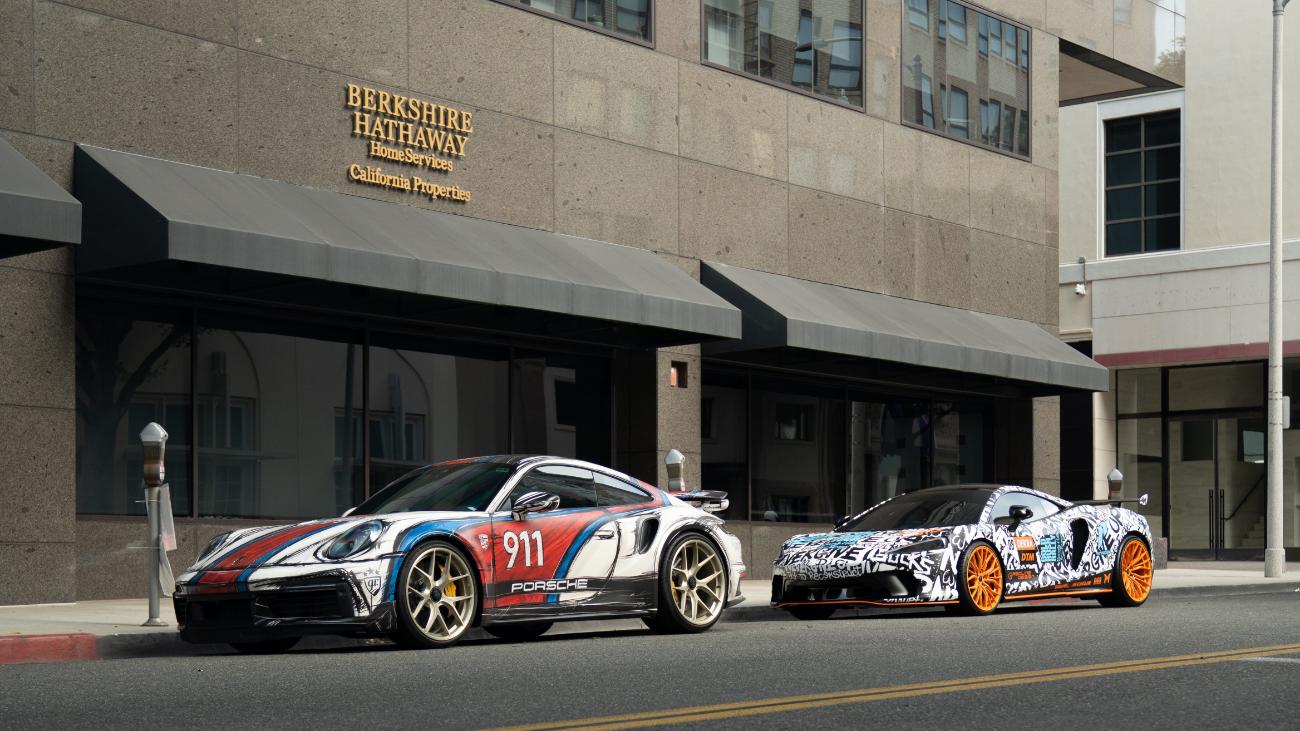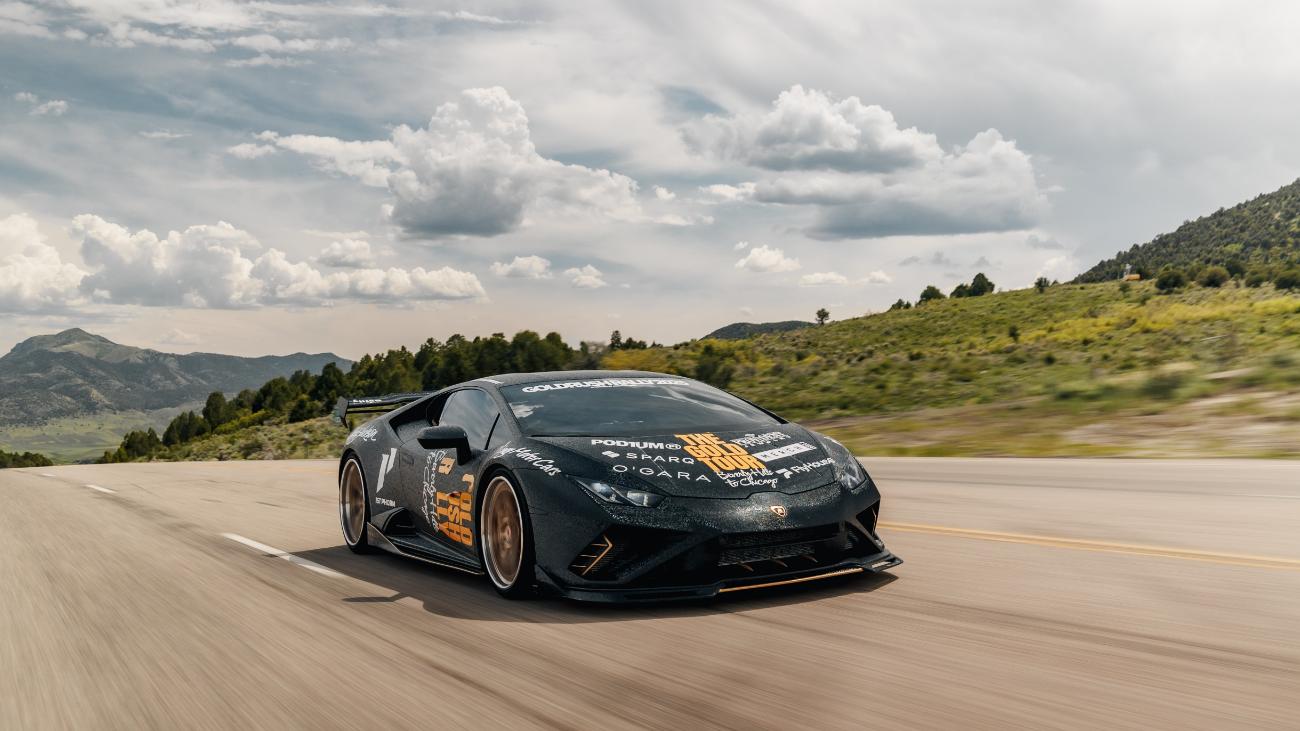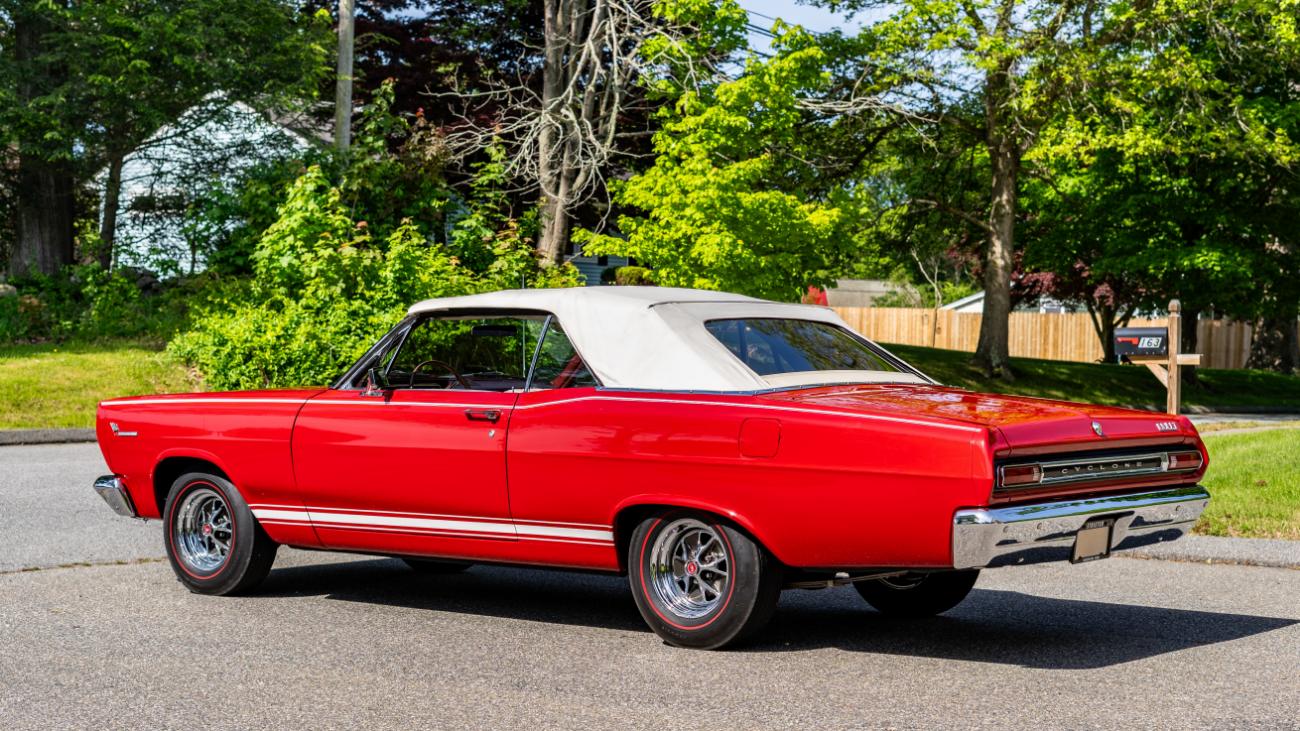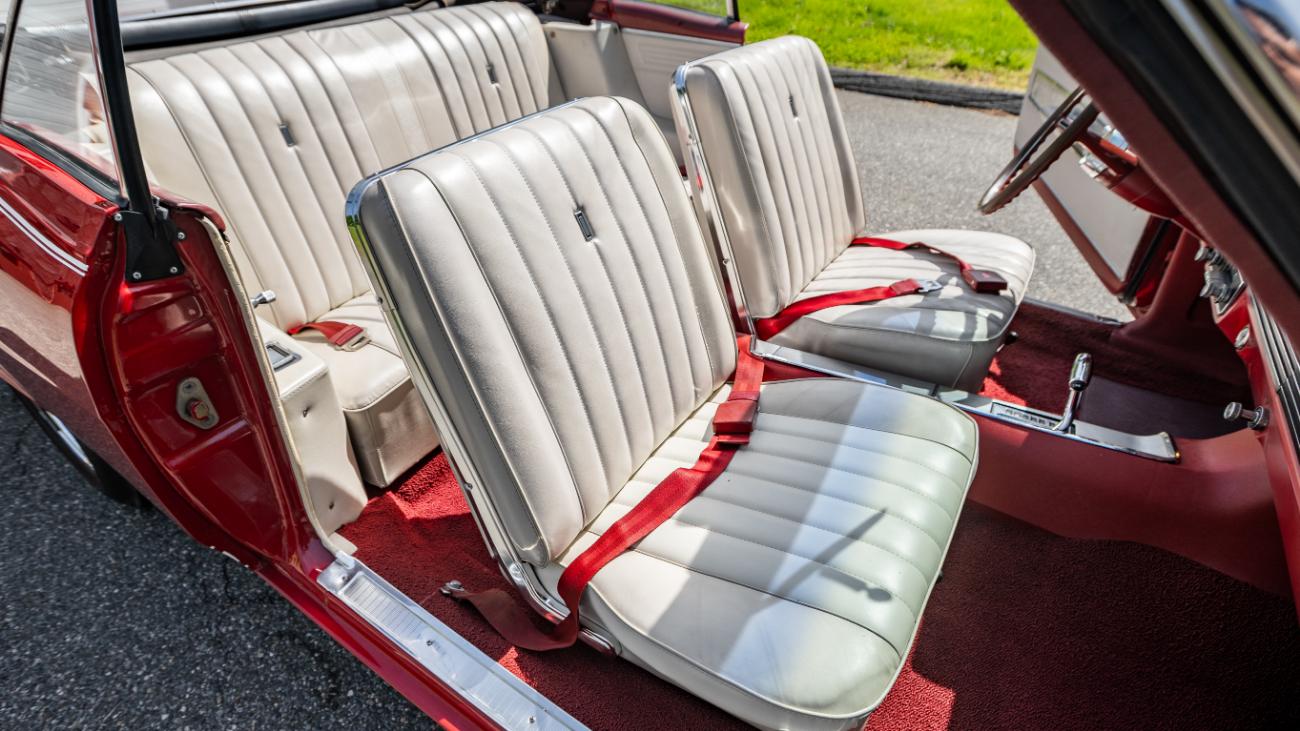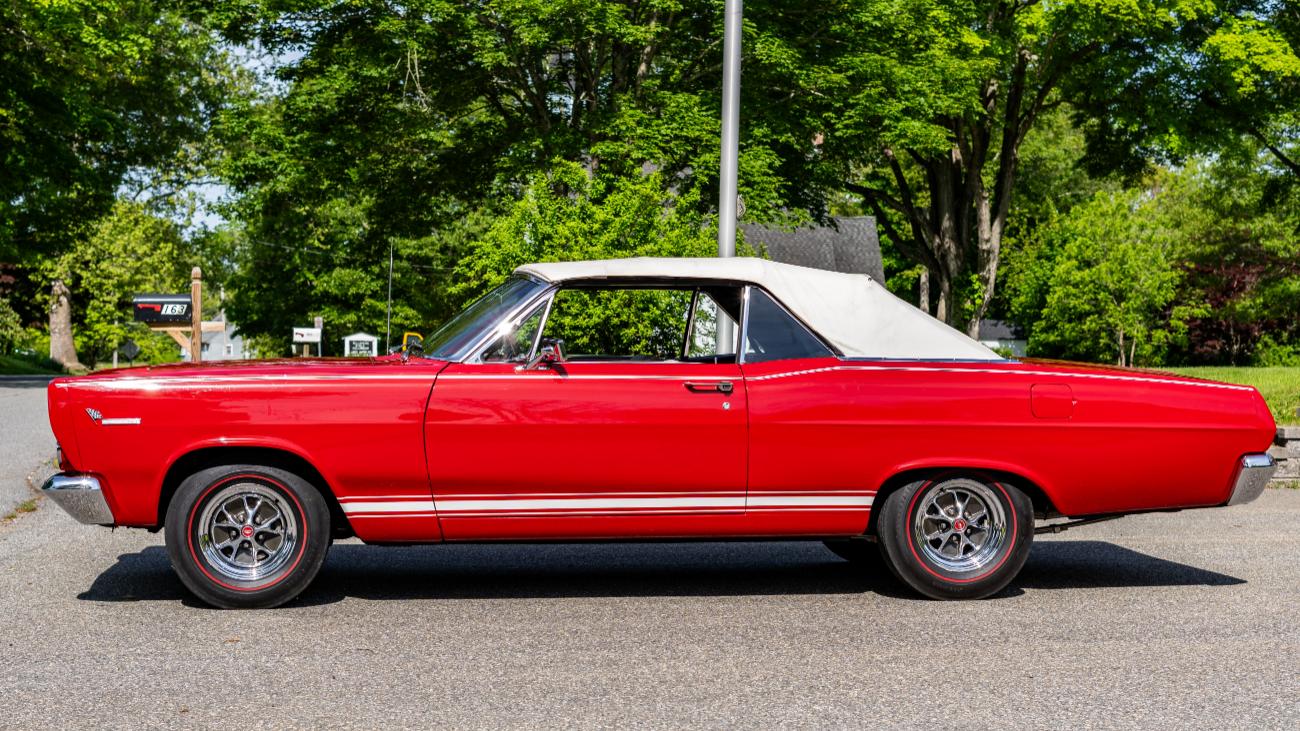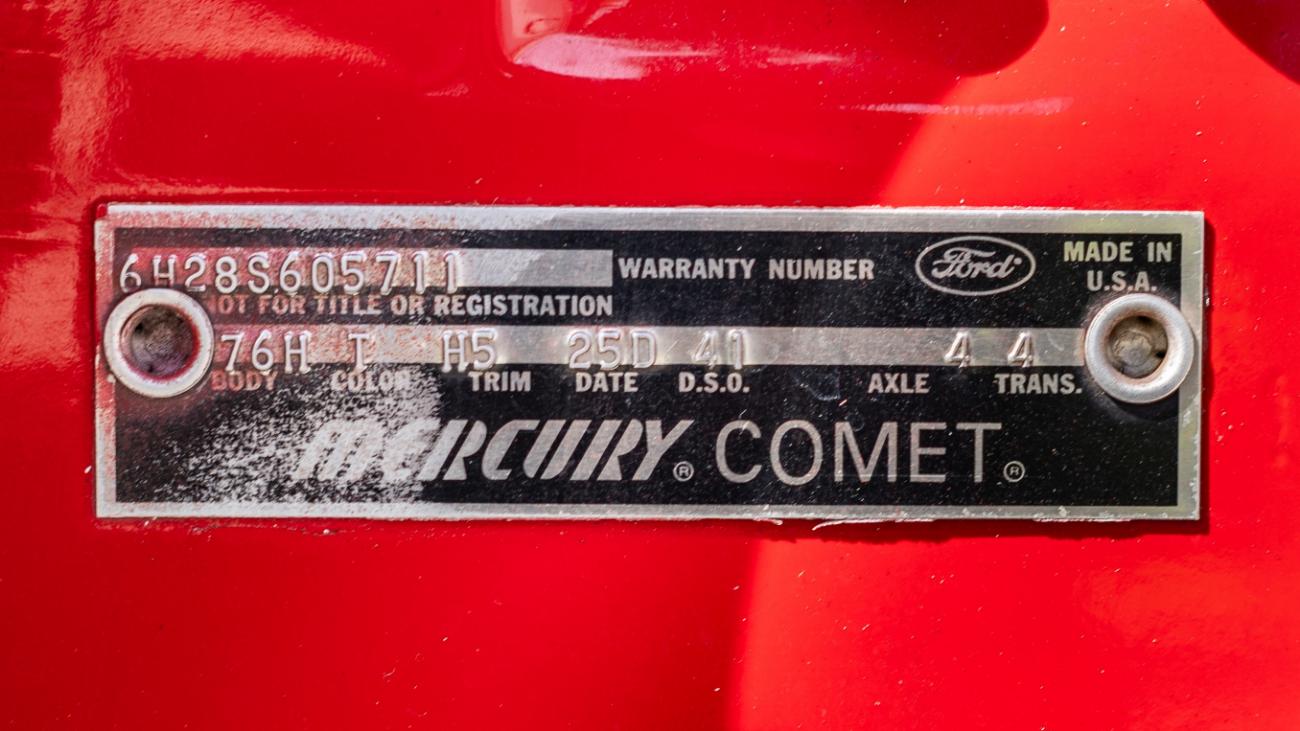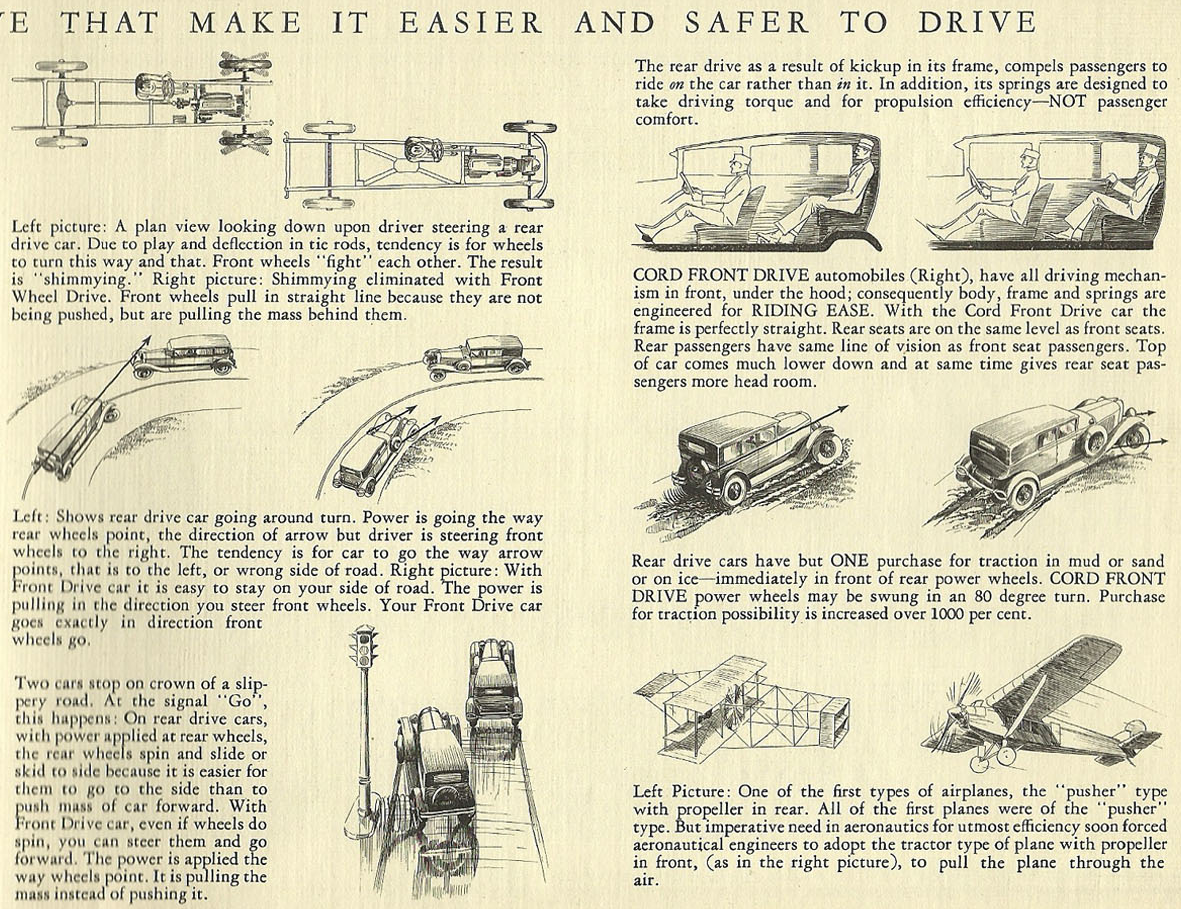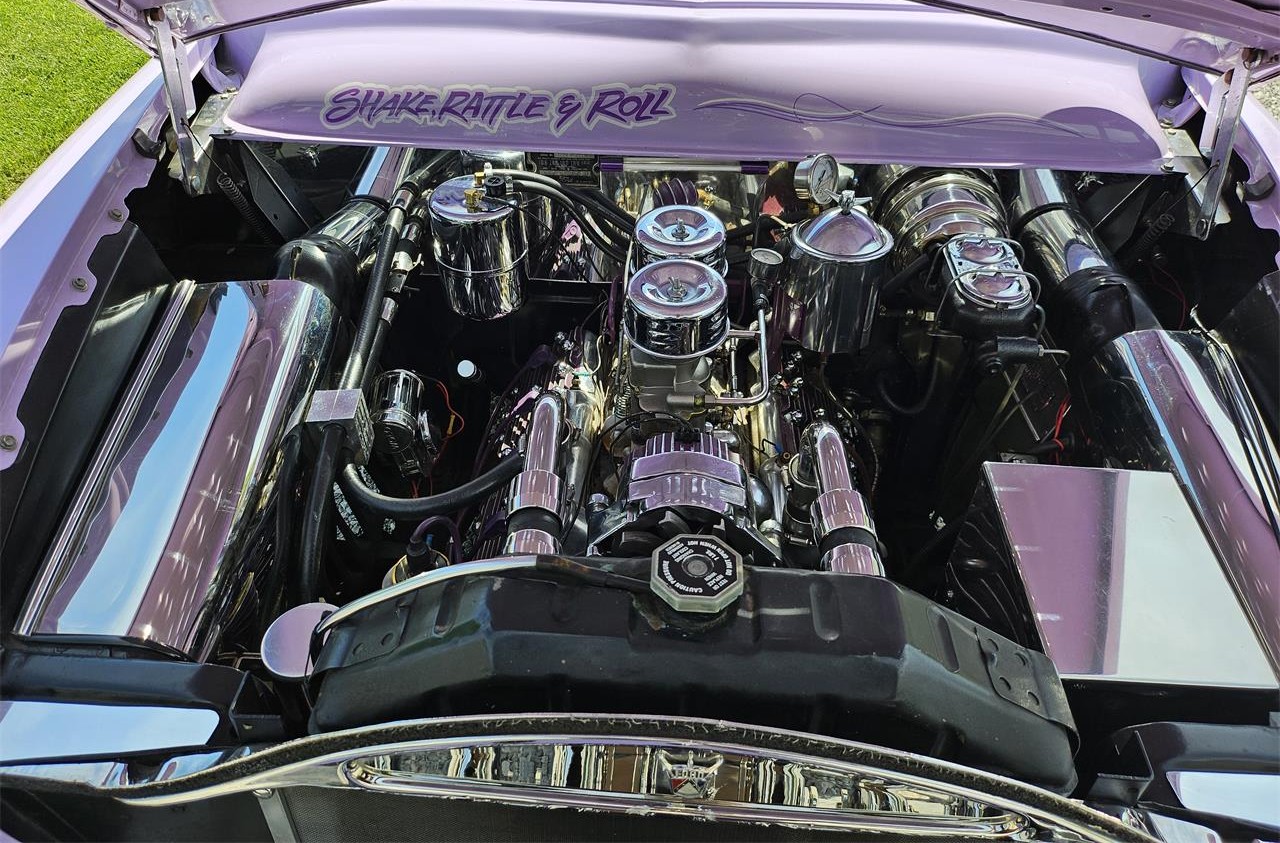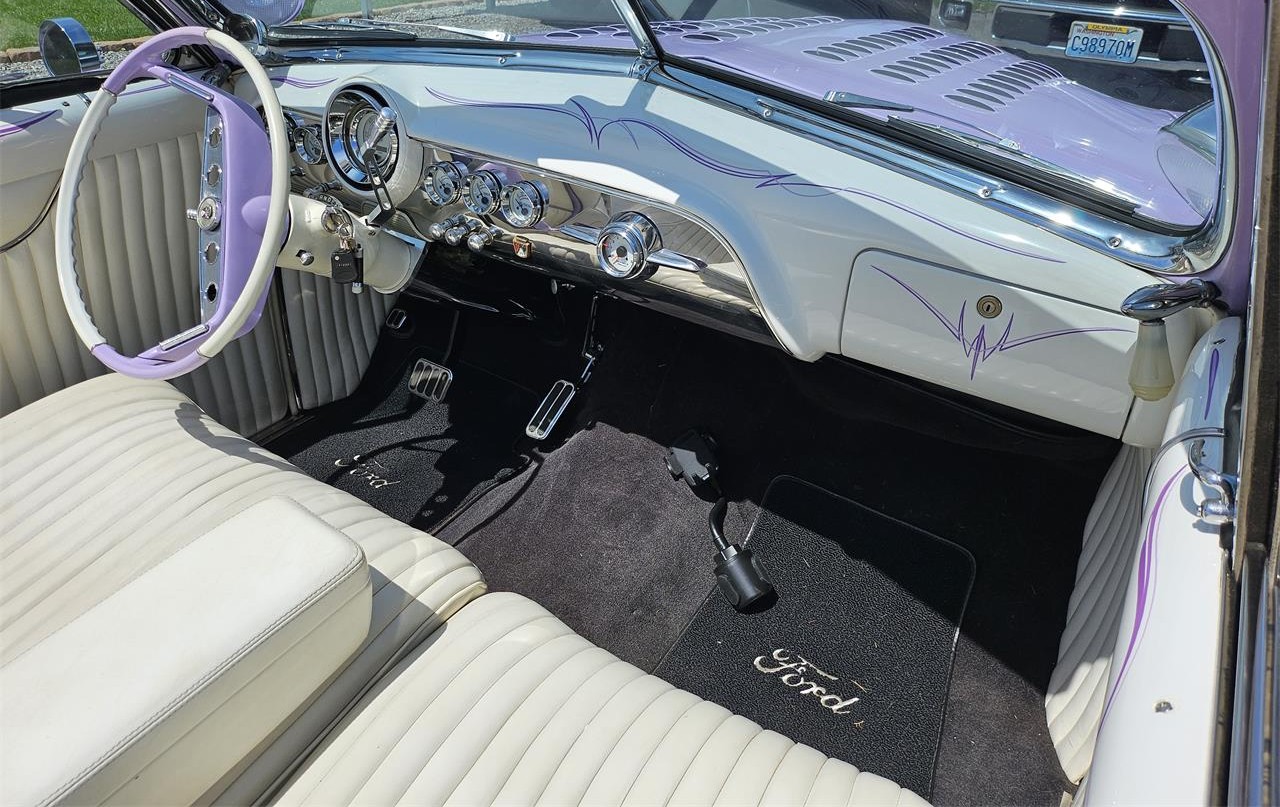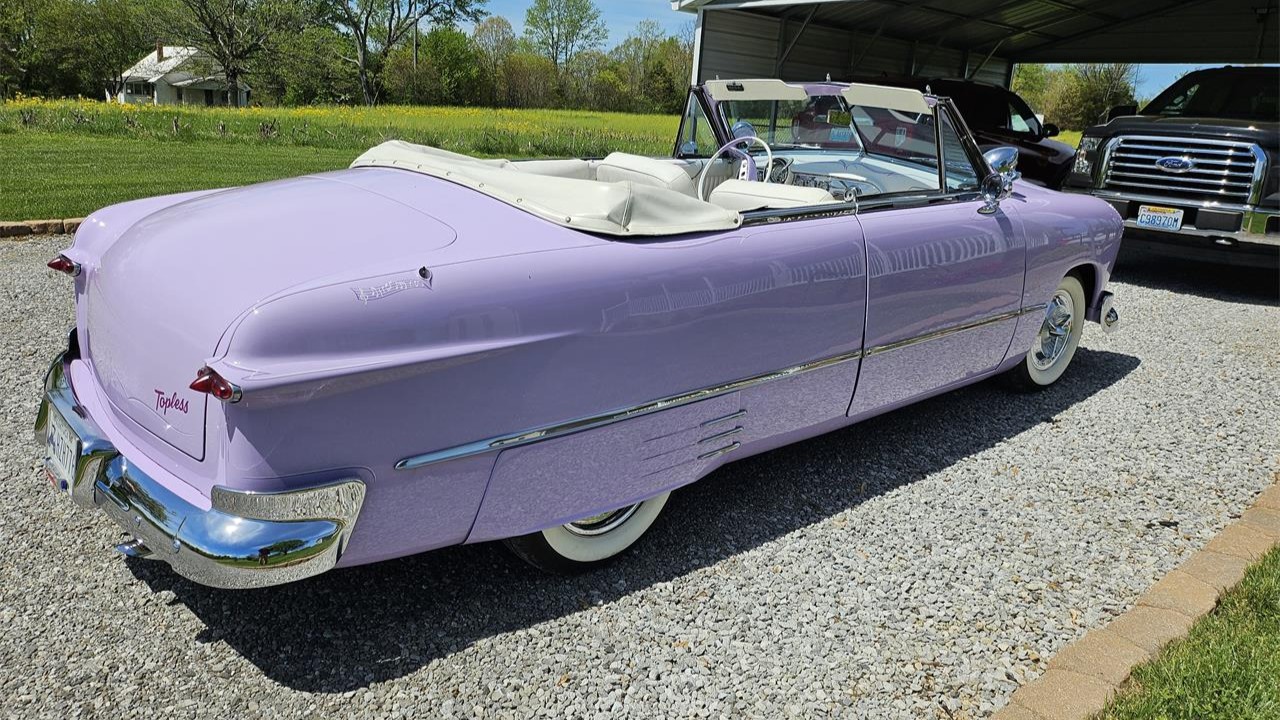This 1937 Ford Tudor sedan was built around 1985 with a 350ci Chevrolet V8 linked to a TH350 automatic. The car rides on staggered Boyd Coddington wheels and a Mustang II-style front end with power steering and discs, and it has been refinished in beige and has a custom interior with bucket seats, Bluetooth-capable stereo, power windows, a Chevrolet steering column, and a Lecarra wheel. Acquired by the seller in 2020, this ’37 Model 78 Deluxe Tudor sedan street rod is now offered with spare parts, a car cover, and a clean Michigan title in the name of the seller’s sister.

The steel Deluxe Tudor sedan bodywork was painted beige during the build, and the front fenders are fiberglass. The bumpers have been removed, as have the sides of the hood.

The car rides on a Mustang II-style front end with power steering and disc brakes, while leaf springs are utilized out back. The staggered Boyd Coddington wheels have 225/40 front and 235/40 rear Nitto tires.

The interior was redone with two-tone upholstery, bucket seats, and power windows. The Bluetooth-capable Kenwood stereo is hidden in the glovebox.

The Lecarra wheel is mounted on a Chevrolet steering column. The seller has added ~1,500 of the ~16,500 miles indicated, though total mileage is unknown.

The 350ci Chevrolet V8 is topped by an Edelbrock Performer aluminum intake manifold and a Holley carburetor. Chrome accessories were installed along with headers.

The TH350 automatic is linked to a 10-bolt rear end.

